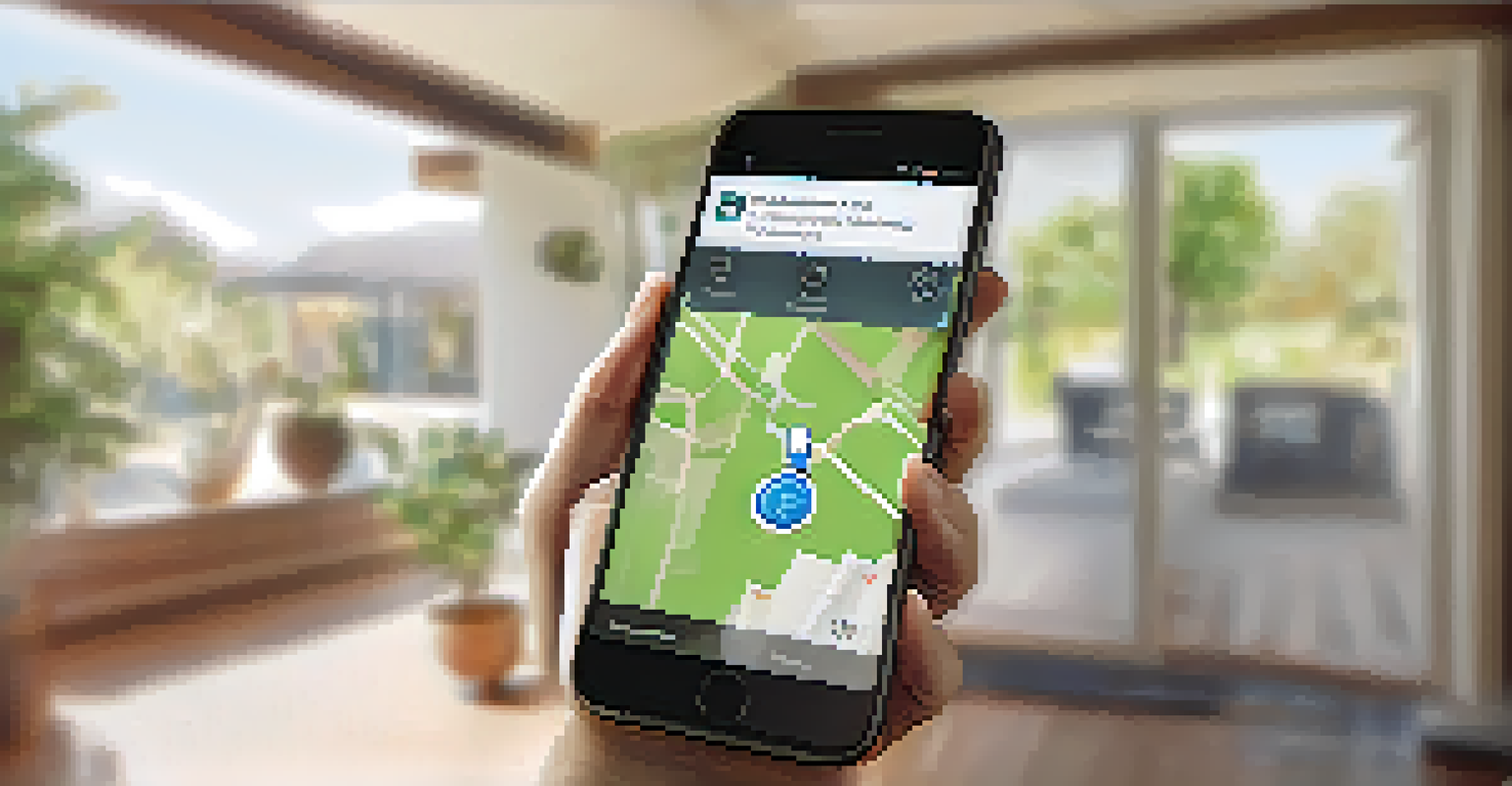The Role of Privacy Settings in Digital Self Defense

What Are Privacy Settings and Why Do They Matter?
Privacy settings are controls that allow you to manage who sees your information online. In an age where personal data is a valuable commodity, understanding these settings is crucial for protecting your digital identity. They act as your first line of defense against unwanted intrusions and data breaches.
In a world where data is the new oil, privacy is the new gold.
By adjusting your privacy settings, you can limit access to your personal information, such as location, photos, and contact details. This is particularly important on social media platforms where oversharing can lead to potential risks. Think of these settings as the locks on your front door—without them, anyone can wander in uninvited.
Moreover, privacy settings help you gain a sense of control over your digital footprint. They empower you to decide what information is shared and with whom, reducing the chances of misuse. In short, they are not just features; they are vital tools for safeguarding your online presence.
How Privacy Settings Work Across Different Platforms
Each digital platform has its own set of privacy settings, tailored to its specific functionalities. For instance, Facebook allows you to customize who can see your posts, while Instagram offers options for private accounts. This variety can be overwhelming, but familiarizing yourself with each platform can significantly enhance your online security.

Furthermore, some platforms provide advanced options like two-factor authentication, which adds an extra layer of security. By enabling these features, you not only protect your account from unauthorized access but also reinforce your overall digital defenses. Imagine this as adding a security camera to your property; it discourages potential threats.
Privacy Settings Protect Your Data
Privacy settings are essential tools that allow you to control who sees your information online, acting as a vital defense against unwanted access.
Adapting your privacy settings according to the platform you use regularly is essential. Just like you wouldn’t use the same key for every door, your approach to privacy should be tailored to each digital space. This ensures that you maintain a robust defense against potential breaches.
The Importance of Regularly Updating Privacy Settings
In the fast-paced digital world, privacy settings can change frequently due to updates or policy changes. Regularly reviewing these settings ensures that you are always protected against new privacy threats. Think of it as maintaining a garden; if you neglect it, weeds can take over, suffocating your prized plants.
Privacy is not an option, and it shouldn't be the price we accept for just getting on the Internet.
Many users set their privacy settings once and forget about them. This complacency can lead to vulnerabilities, such as outdated sharing preferences or outdated security measures. Taking just a few minutes each month to assess your settings can make a significant difference in your online safety.
Additionally, new features are often introduced that could enhance your privacy. By staying informed and proactive, you can leverage these tools to reinforce your digital self-defense. It’s all about staying one step ahead of potential risks.
Understanding the Trade-offs of Privacy Settings
While privacy settings are vital for protection, they can sometimes come with trade-offs. For example, tightening your privacy may limit your ability to connect with friends or share experiences openly. This balance between privacy and social interaction is something every user needs to navigate thoughtfully.
Moreover, some platforms may use your data for targeted advertising, even if you have adjusted your privacy settings. Understanding this trade-off is essential for making informed decisions about your online presence. It’s like choosing between a private dinner and a lively party; each has its own perks and downsides.
Regular Updates Enhance Security
Regularly reviewing and updating your privacy settings is crucial to staying protected against evolving privacy threats and ensuring your online safety.
Ultimately, the key is to find a balance that allows you to enjoy the benefits of digital life while safeguarding your privacy. Regularly reassessing this balance will empower you to make choices that align with your comfort level and privacy needs.
Common Mistakes Users Make with Privacy Settings
One of the most common mistakes people make is leaving their settings at default. Default settings are often designed for convenience, not security. By not customizing them, you may be exposing yourself to unnecessary risks—like leaving your front door unlocked.
Another mistake is overlooking app permissions on mobile devices. Many apps request access to contacts, location, or photos, and users may click 'allow' without thinking. It’s essential to scrutinize these permissions and only grant access when absolutely necessary, much like being selective about who you invite into your home.
Lastly, many individuals underestimate the importance of using strong passwords. Even the most secure privacy settings can be compromised with a weak password. Incorporating unique, complex passwords and changing them regularly is a simple yet effective way to bolster your defenses.
The Role of Privacy Settings in Preventing Data Breaches
Privacy settings play a crucial role in shielding your personal information from data breaches. By limiting who can access your data, you diminish the likelihood of exposure during a breach. It’s similar to installing a high-quality fence around your property; it provides an extra layer of protection against intruders.
In the event of a data breach, having stringent privacy settings can reduce the impact. If your information is less accessible, there’s a lower chance that sensitive details will be leaked. This proactive approach can save you from potential identity theft and other cybercrimes.
Balance Privacy and Social Interaction
Finding the right balance between privacy and social engagement is key, as tighter settings may limit your ability to connect with others online.
Moreover, being aware of your privacy settings can help you respond quickly if a breach occurs. Knowing what data you’ve shared and with whom allows you to take immediate action, such as changing passwords or notifying affected parties. This readiness is key in the fast-moving digital landscape.
Empowering Yourself with Privacy Education
Education is a vital component of digital self-defense. Understanding how privacy settings work and the implications of your choices will empower you to take control of your online presence. Knowledge is your best weapon in a world where data breaches and privacy invasions are rampant.
There are numerous resources available, from online courses to articles and webinars, that can help you become more savvy about digital privacy. Engaging with these resources can enhance your ability to navigate privacy settings effectively. It’s like taking a self-defense class; the more you know, the more prepared you are.

Ultimately, staying informed and proactive about your privacy settings is key to digital self-defense. By continually educating yourself, you can adapt to changing technologies and threats, ensuring that you remain a step ahead in protecting your personal information.